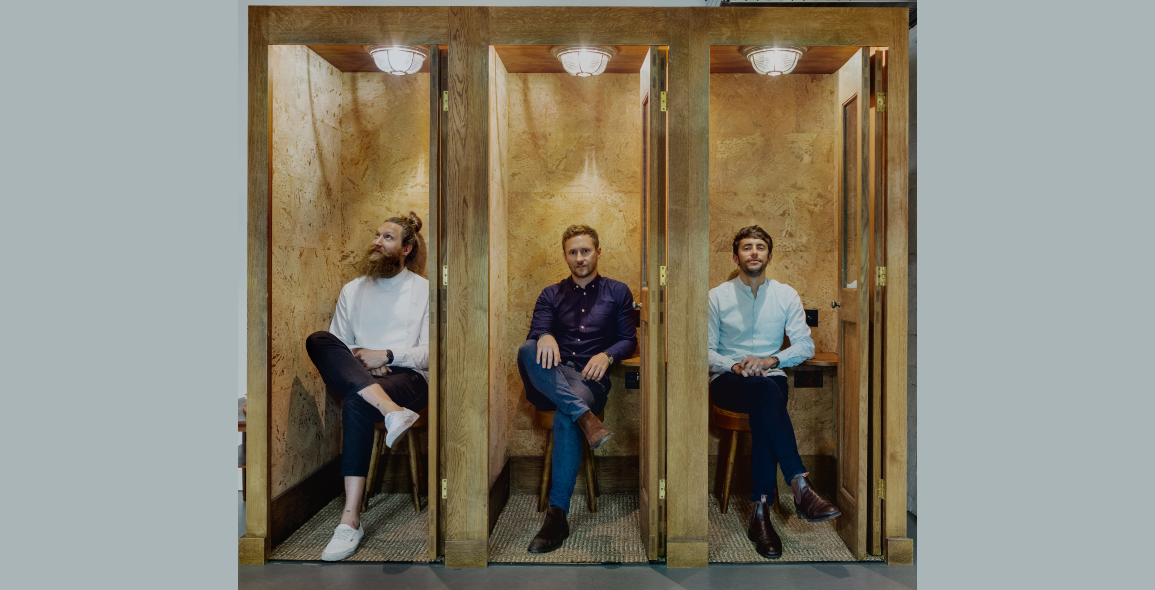
COVID-19 has changed the way we view working environments forever and many companies are re-evaluating what the long-term future of the office looks like.
At Red Deer, we have reinforced what is most important to our business by continuing to invest in our digital appearance over the physical workplace.
“We strive against the static office,” explains co-founder Lionel Real De Azua. “Marcel Proust called the static office ‘habit’, which is the dulling of the senses through repetition.
“When you’re in the same place, around the same people, doing the same thing, a bubble is created which isn’t good for creativity.
“We like to use technology to make the world our home, to travel the world and check in to our office remotely.”
Remote First
The average daily commute in 2018 was nearly 59 minutes (both ways combined).
It takes Londoners the longest to get to and from work, travelling for one hour and 19 minutes each day, which is 20 minutes longer than the average across the UK1.
The pandemic has highlighted some impracticalities of the “work-from-home” culture but that shouldn’t mean we boomerang back into the office.
It means we need a new culture of work that takes the best of what we have learned from the last two years.
What Red Deer discovered was that collaboration is still possible even when not in the same space, so this allowed for time and energy to be spent in other areas.
We didn’t need to spend months adapting to “the new normal”, focusing instead on the importance of communicating outward.
“Collaboration is really important to our work, but so is focus time,” says co-founder Lucas Che Tizard.
“It’s crucial for our collaboration to be in a physical space at times, but not all of the time.
“The hybrid model is also important for team development but the office is not broken and there is no need to reinvent the wheel”.
Agile Websites
The next step in our digital facelift was the website, which acts as a shop window into their world.
“We aren’t shaking hands at events or speaking on panels very often, so it’s become the key element to people discovering our work,” says co-founder Ciarán O’Brien.
“We see websites as agile spaces that evolve over time so we didn’t lock ourselves in a room for six months designing a new website, but made significant visual and user experience improvements on a platform that we can adapt and grow”.
This space is where Red Deer can communicate our values and ethos, attracting new clients and collaborators in a far broader way than ever before.
Liminal Workplaces
According to CBRE, a high specification workplace fit-out costs up to £1,951 per sqm2.
This is a cost facing many companies now as they find ways to adapt their traditional workplace.
Red Deer believes that physical spaces for collaboration are important but the existing models do the job perfectly fine.
Workplaces can be liminal...a transition space used for collaboration before finding time to focus on the work.
No longer should offices be filled with rows of people wearing headphones, but should be noisy, creative rooms for idea creation.
The term “digital nomad” has been discussed since the late 1990s but it took time for technology to catch up and work environments have been adapting ever since.
The recent workplace models are perfectly suitable for the future and companies need to focus their attention on their digital presence as this decade rolls on.
Red Deer designs spaces and objects, seeking to demystify the process of working with an architect in both residential and F&B projects. The three co-founders describe themselves as “grown men with crayons”, referencing their approach to work as creative, without boundaries and excited by challenges.
References:
[1] https://www.tuc.org.uk/news/annual-commuting-time-21-hours-compared-decade-ago-finds-tuc
[2] https://www.cbre.co.uk/research-and-reports/EMEA-Fit-Out-Cost-Guide-201920-Edition


 Share
Share








